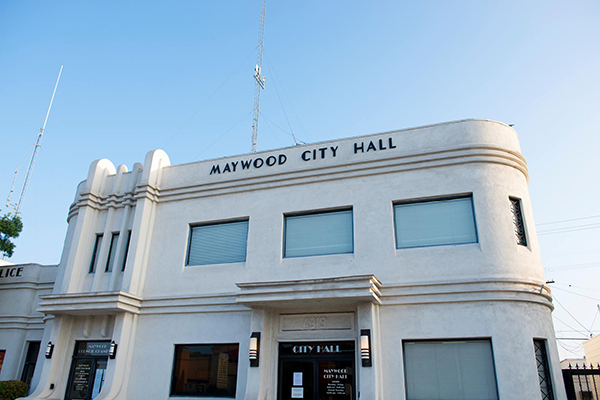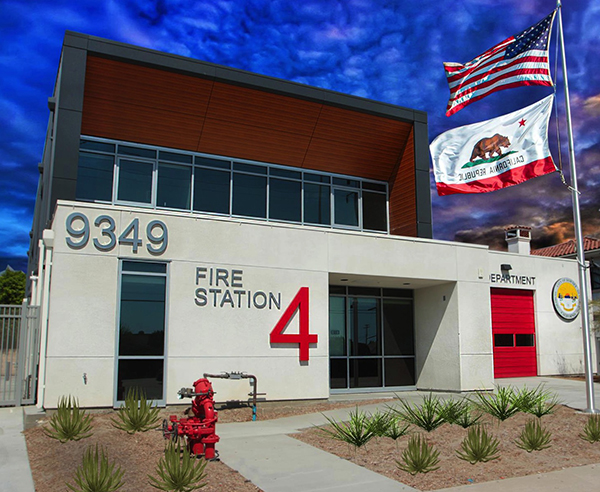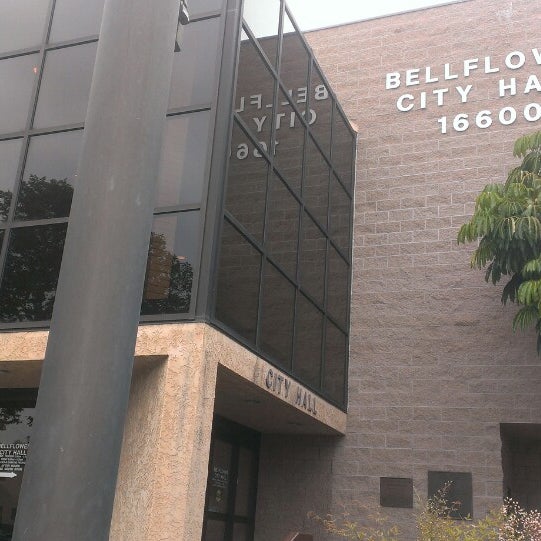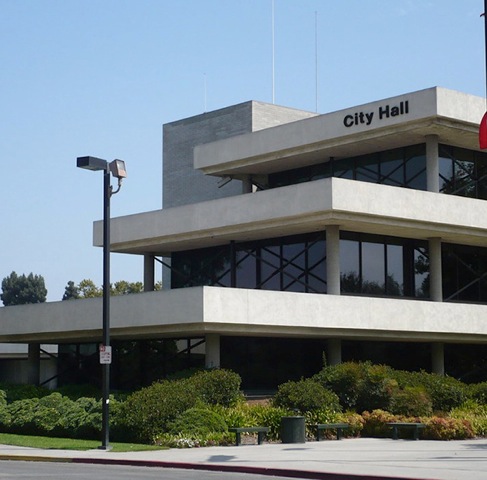Could California Officials Be More Blind?
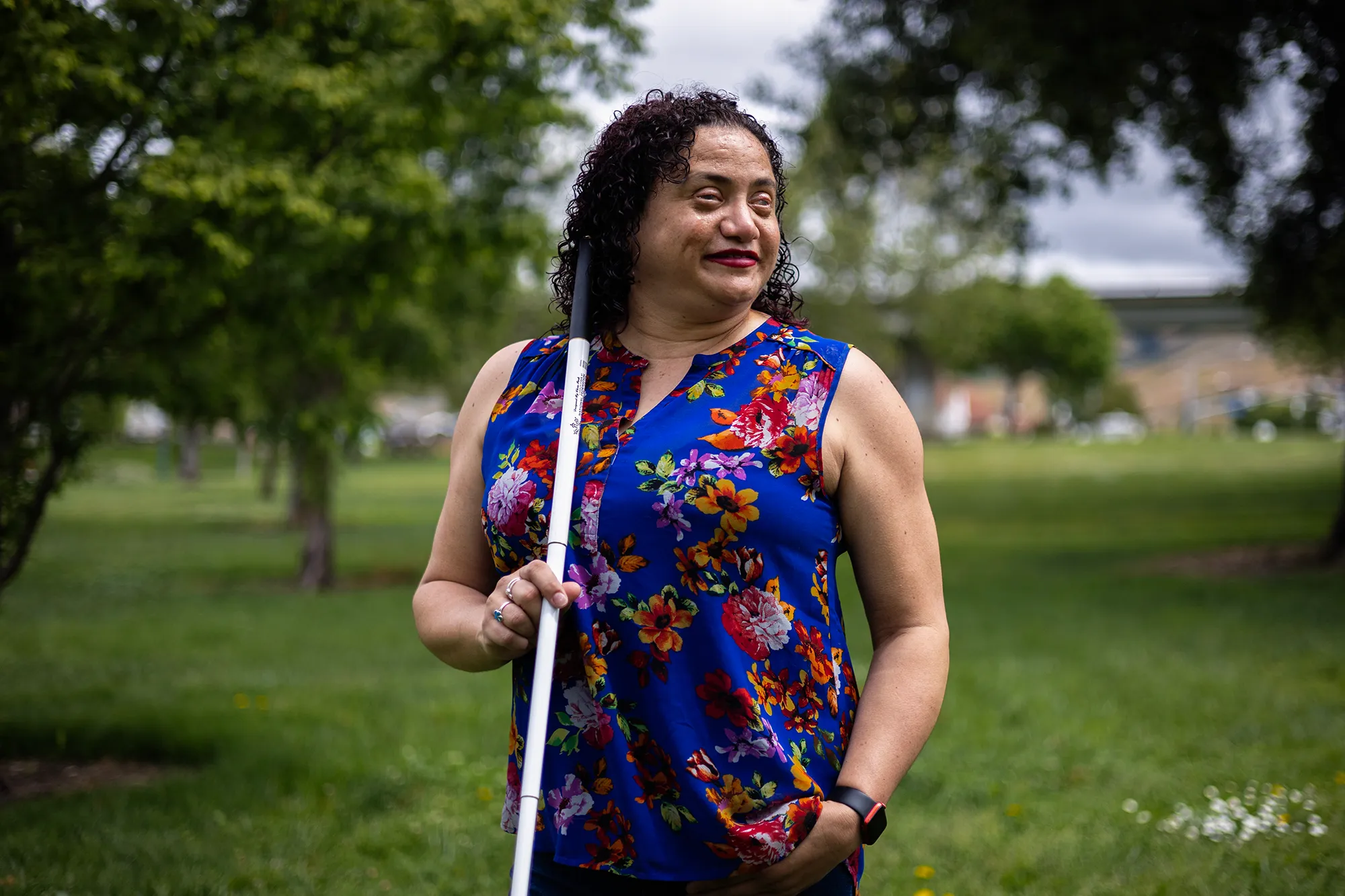
They Make Voting Even Tougher on Voters with Disabilities
California is hailed as a national leader for voting access. But visually impaired voters and their advocates say they still face unnecessary barriers, despite bills and lawsuits. Some election officials raise security concerns.
By YUE STELLA YU AND SAMEEA KAMAL
CALMATTERS
California has been hailed by state officials and some voting rights advocates as a national leader in voting access. But advocates and blind voters say Californians with disabilities still face unnecessary barriers to voting and lack options that work in other states.
Last year, for instance, the U.S. Attorney’s Office sued Los Angeles County, claiming several voting centers discriminated against disabled voters in recent elections and failed to comply with the Americans with Disabilities Act of 1990.
The federal lawsuit follows a seven-year investigation into LA County’s voting program, which found that the county — acting through its registrar-recorder — excluded voters with mobility and vision disabilities as far back as 2016.
The initial investigation, opened in April 2016, surveyed 88 voting locations through June 7, 2016, finding that 73 sites did not comply with Title II of the Americans with Disabilities Act of 1990.
But despite informing the county of its Title II violations in September 2016, the county failed to improve accessibility to disabled voters in subsequent elections.
In March 2020, for example, the government found all 106 locations that it surveyed in LA County failed to provide voters with van-accessible parking while exhibiting noncompliant elements or features, such as unleveled ground, excessive cross slopes on designated accessible routes, ramps with steep running slopes, narrow building entries and pathways to voting areas and interior routes with protruding objects.
More of the same elements were present at 65 county locations during the November 2020 general election, the government claims, adding that while surveying six drop boxes that year, only two provided an accessible route from the public sidewalk with sufficient or level ground space.
The same pattern persisted into the 2022 general election, where all 52 surveyed locations failed to provide complaint voting centers.
There will be a hearing for the government’s motion for partial summary judgment in the case on July 12 at 1:30 pm. An unsuccessful settlement conference took place on May 28 with Magistrate Judge Karen Stevenson.
Census data shows about 4.2 million Californians of voting age live with a disability. More than 892,000 Californians have a visual disability, and about 93% of them are 18 or older.
Prompted by new laws and court fights, California election officials have in recent years established stricter requirements to test how accessible voting machines are and have adopted systems for voters with disabilities to fill out their ballots electronically.
But efforts to allow people to also return ballots electronically have stalled.
Now, disability advocates are going to court: They are asking a federal judge to compel Secretary of State Shirley Weber’s office to allow voters who have difficulty using printed materials to return their ballots via fax in the November election — an option already available to military and overseas voters.
“The current paper-based ballot return requirements… impose significant, unlawful barriers for voters with print disabilities,” the plaintiffs argue in the case, scheduled to be heard June 24 in U.S. District Court in San Francisco.
A dozen states allow voters to return ballots electronically — by email, by fax or through an online portal — to at least some voters with disabilities, according to the National Conference of State Legislatures.
A 2022 bill sought to do the same in California. But Weber opposed it, arguing that online voting would be vulnerable to cyber-attacks. Some security experts and other election officials across the nation also raised similar concerns.
The secretary of state “of course supports the expansion of the franchise so that more voters can vote with more convenience,” Weber said in her opposition letter. “However, it is also our responsibility to weigh the expansion of the franchise with the security and safety of our existing election methods.”
Weber’s office declined to answer CalMatters’ questions for this story last week, citing the agency’s policy not to speak about pending litigation.
Some California advocates and lawmakers have tried to improve access for voters with disabilities.
In 2022, Sen. Steve Glazer, an Orinda Democrat who led the Senate Elections Committee at the time, introduced the bill to allow them to return their ballots electronically. It died in the Assembly after the secretary of state’s office opposed it due to security concerns.
Glazer contended the security issues can be easily resolved, arguing people conduct financial transactions online already.
“I was disappointed that the secretary opposed my bill, which, all it did was give her the power to ask for a full assessment of the technology and security matters,” Glazer told CalMatters. “I think we all benefit by having broad accessibility to the ballot box, and that shouldn’t be limited by a disability.”
But California would not be a trailblazer in allowing voters with disabilities to vote electronically.
Colorado, for example, passed such a law in 2021. Eligible voters must verify their identity by entering their driver’s license number or the last four digits of their Social Security number before marking and downloading their filled-out ballot. To return it, they must upload the electronic ballot, a signed ballot application and a picture of their ID to a secure state-run website.
Similarly, Hawaii allows for electronic return through an online portal, email or fax. Voters can email their ballot to the county elections office along with a signed affidavit or an electronic signature via a secure link, according to the state.
It is no wonder that in 2022, California ranked 17th in disability access, according to an election performance index by the Massachusetts Institute of Technology.
Poll workers receive some training on assisting voters with disabilities, but it’s not in-depth, said Valerie Morishige, a voting rights advocate in Los Angeles County. Workers are trained how to be respectful to all voters, and how to increase font size or turn on audio options.
And while she said accessibility has improved over the last three elections, Morishige recalls issues such as power outages that prevented the use of audio, or audio not being loaded onto voting machines. In one case, Morishige said she helped a voter by reading the entire ballot to her.
“Our system has a long way to go,” she said. “Our entire culture, honestly, has a long way to go to make this accessible for folks.”
Includes reporting from ALANNA MAYHAM of Courthouse news Service.
CalMatters.org is a nonprofit, nonpartisan media venture explaining California policies and politics. Published with permission of CalMatters.

